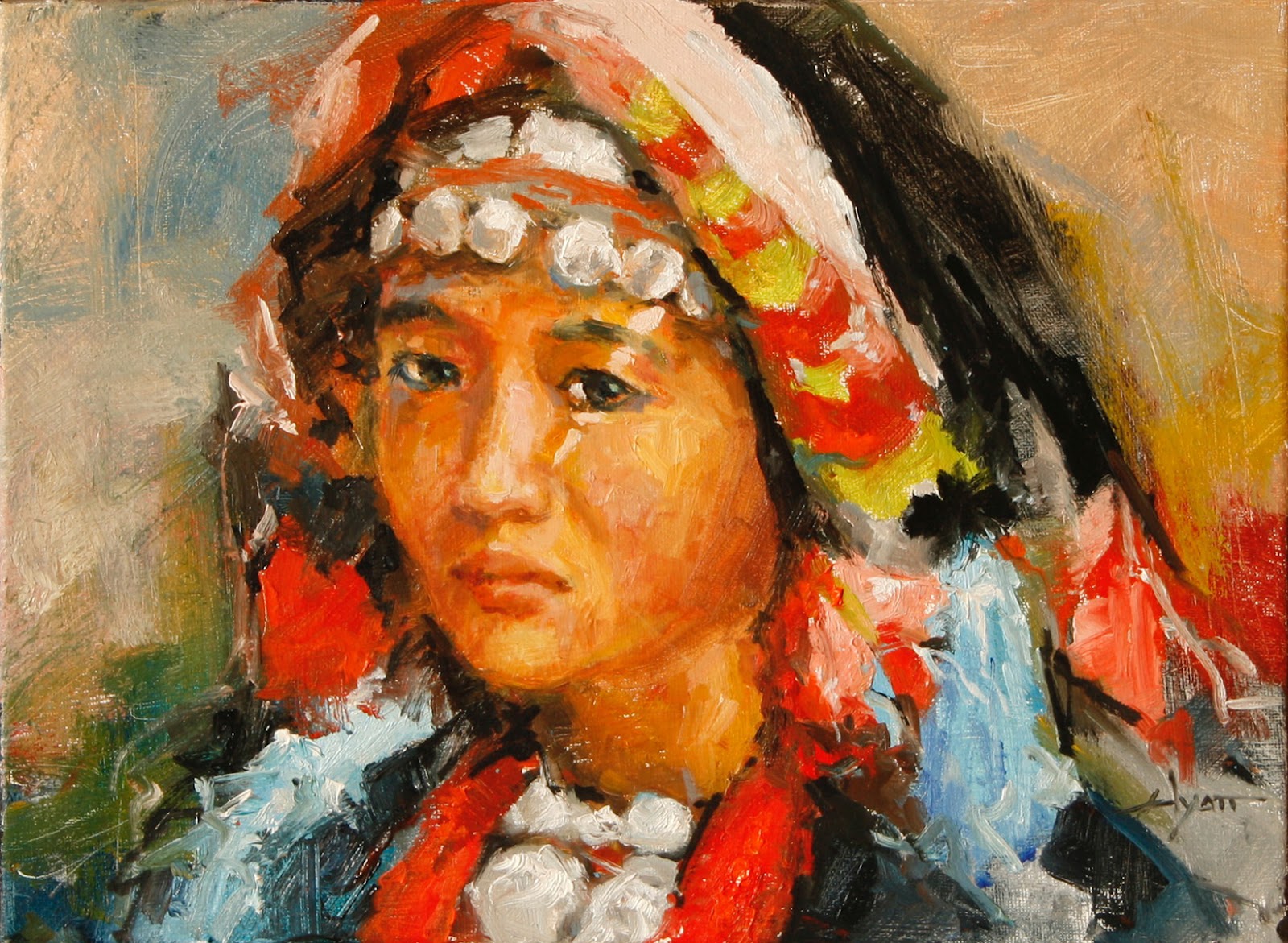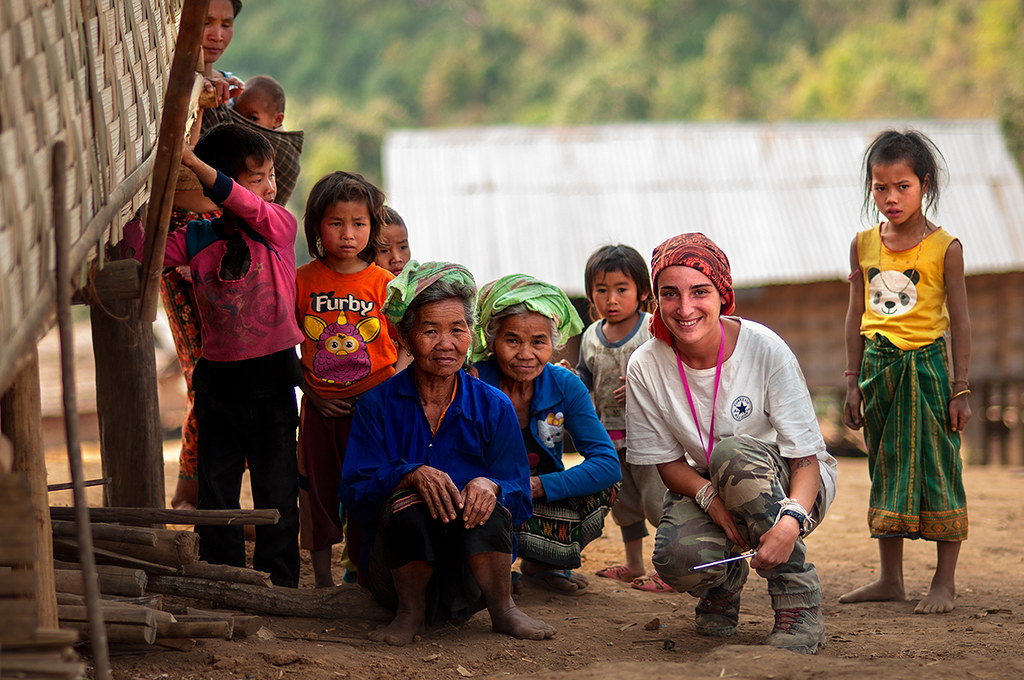Mythologies of the Katang Tribe
The Katang (Kataang) (Lao: ຊົນເຜົ່າກະຕາງ; pronounced [kā.tàːŋ]) are an ethnic group predominantly living in Laos. A few live elsewhere in Southeast Asia. In 2015 there were 144,255 living in Laos, making them one of the largest subgroups of the Lao Theung and one of the largest true ethnic groups in the country. Most live in the southern provinces of Savannakhet, Saravan, and Champasak. They are one of the few Lao Theung people that do not live in houses on stilts or in trees, but rather in long wooden houses. Whenever a Katang man marries a woman, he will add a room to the house for his new family. One of these wooden longhouses is 328 feet long and tourists can still see it just north of Saravan City. Another old Katang tradition for both men and women is to pierce their ears and put a bamboo tube in the hole to stretch out their lobes. This tradition has all but died out. The Katang engage in crop rotation as their common agricultural practice. Many Katang also engage in irrigation and slash-and-burn agriculture. Most Katang follow old ethnic beliefs and many people who do this also follow Buddhism. Some Buddhist festivals are commonly celebrated by the Katang. Traditional Katang animism includes a belief in many forest spirits and many taboos meant to avoid disturbing them have developed over the centuries. One of the most revered spirits includes the house spirit which is said to inhabit every house.
Another of the original indigenous people of Laos is the Katang (also spelled Kataang) who formerly fell into the Lao Theung (Mon-Khmer) category. Unlike most other Lao Theung, they do not live up high in trees or on stilts. Instead, the Katang build communal longhouses out of wood, and these houses are extended each time a Katan man marries a woman – adding another room for his new family. The houses can get crazily long, one reaching up to 328 feet long. Katang people practice a variety of religions, mostly based on old ancestral beliefs mixed with Buddhism. Traditionally, Katang men and women have wide ear piercings, using a tube of bamboo to stretch the lobes – however, this is barely practiced anymore.
The Katang are dispersed over a wide-spread area of southern Laos. The majority live in the Atsaphangthong, Thapangthong, Xanbouri, Phin, Songkhon and Champon districts of Savannakhet Province; the Khongxedon, Ta-Oy, Toumian, Saravan, Laongam and Vapi districts of Saravan Province. Some live in the Xanasom-boun and Pakxong districts of Champasak Province. In some of the more remote locations, the Katang live in houses made of braided leaves. In recent decades, however, many Katang have moved down from the hills onto the plains, where they have lost much of their cultural heritage and are on the way to assimilation to Lao culture and language. Some aspects of Katang culture that are presently under threat includes the traditional Katang longhouse. For centuries extended families of Katang have lived under one roof. When they married, the house would be extended to accommodate the new couple and any children they would later have. At Tumlan Village, 40 km north of Saravan township, tourists can visit a 100 meter (328 feet) long longhouse, which contains thirty different families. Traditional Katang textiles, which feature numerous narrow bands of colors and patterns, are also produced there and sold to the Western and Asian tourists who pass through the area. The Katang, both men and women, have for centuries stretched their earlobes and inserted large bamboo tubes in for decoration. This too, is rarely seen among young Katang today.
The Katang are dispersed over a wide-spread area of southern Laos. The majority live in the Atsaphangthong, Thapangthong, Xanbouri, Phin, Songkhon and Champon districts of Savannakhet Province; the Khongxedon, Ta-Oy, Toumian, Saravan, Laongam and Vapi districts of Saravan Province. Some live in the Xanasom-boun and Pakxong districts of Champasak Province. In some of the more remote locations, the Katang live in houses made of braided leaves. In recent decades, however, many Katang have moved down from the hills onto the plains, where they have lost much of their cultural heritage and are on the way to assimilation to Lao culture and language. Some aspects of Katang culture that are presently under threat includes the traditional Katang longhouse. For centuries extended families of Katang have lived under one roof. When they married, the house would be extended to accommodate the new couple and any children they would later have. At Tumlan Village, 40 km north of Saravan township, tourists can visit a 100 meter (328 feet) long longhouse, which contains thirty different families. Traditional Katang textiles, which feature numerous narrow bands of colors and patterns, are also produced there and sold to the Western and Asian tourists who pass through the area. The Katang, both men and women, have for centuries stretched their earlobes and inserted large bamboo tubes in for decoration. This too, is rarely seen among young Katang today.





















Comments
Post a Comment